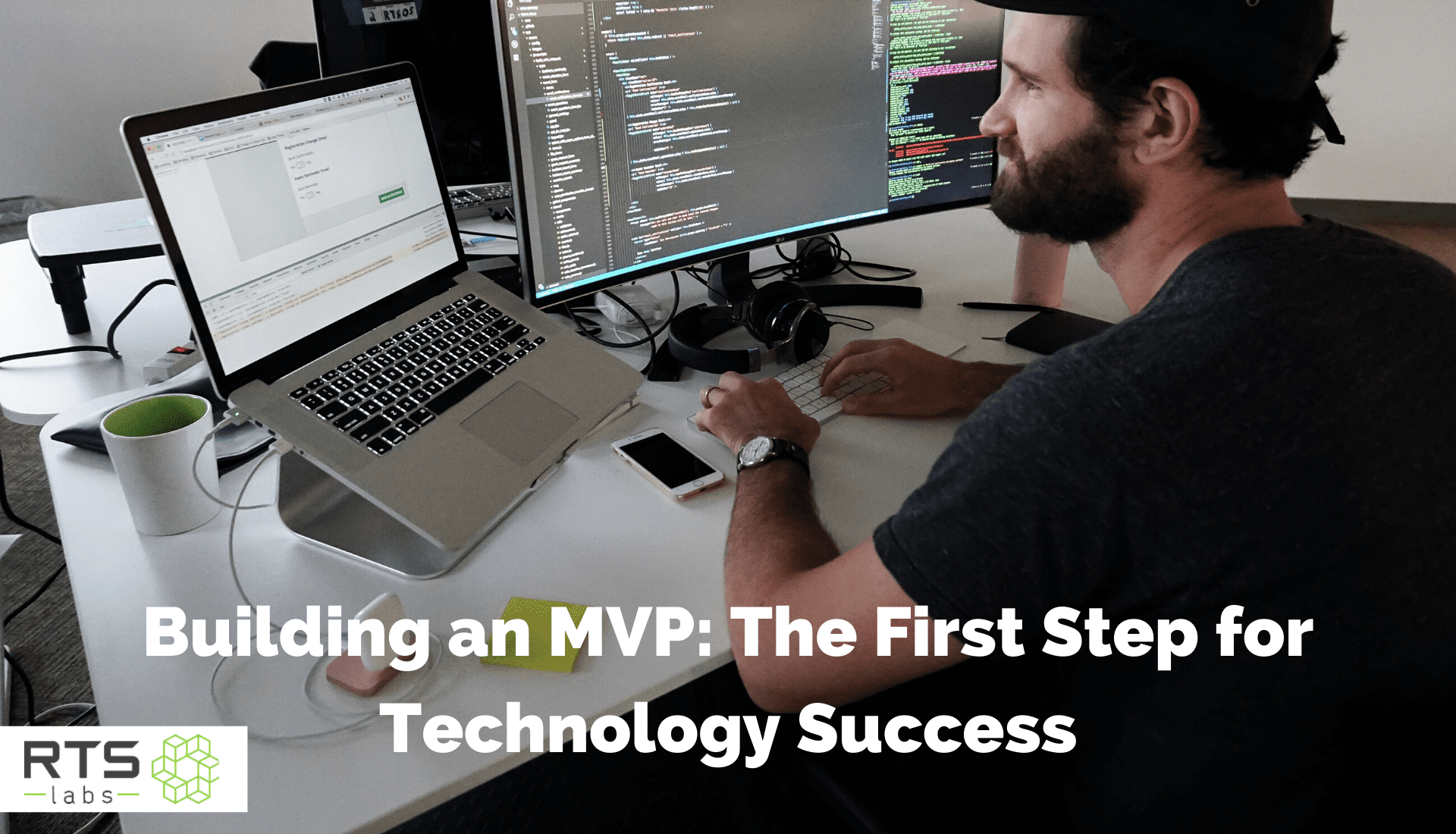You have an idea – a solution that you know will solve a problem in the market and that you and your team are confident consumers will want. But going from idea to fully launched product is a long process. One that requires small steps before you release the product to the world. During the development phase, it’s important to tinker and test until you know what you have is ready. One of the biggest mistakes you could make is to build your solution with all the features you dreamed of having – all at once. Instead, you need to start small and build a Minimal Viable Product (MVP). Your MVP is the most basic version of your idea (your test version) and should be the first step in custom software development.
Why You Need to Build an MVP
Why not just build what you want and release it to the world? Because it’s important to test ideas and assumptions before wasting time and money building something that doesn’t meet the needs of its intended audience. Building an MVP allows you to invest a small amount of money building the basic functions so that you can validate your user’s reactions to it. Maybe there’s a feature you thought they wanted that they don’t actually need. Maybe users steer you in a slightly different direction. Starting small allows you to be nimble, test, pivot, and really fine tune your idea before spending tons of money building it to find out it’s not what your audience wants.
The goal is simple: build a working product that provides immediate value quickly so that you can get users, test features, and have something to showcase to stakeholders or investors. This minimizes risk and shows that you have a product that works and one that people want.
Where to start
Before you start building an MVP, you need to define the specific problem you are solving and the single feature you need to solve that problem. Then, just like every other business venture, define your audience (aka user), look at your competition, and make a plan.
Identifying the user is a big part of building a successful MVP because you need to identify their exact pain points and the features they value the most with regards to your solution. You also need to map out the user journey and define what success looks like for each user. What is the “story ending”? What will the user essentially do that marks the success of your solution?
A “pain and gain map” is also helpful. It helps you identify all of the user pain points and the gains achieved when each one is solved. Going through this process will help you pinpoint which features will be the most impactful so that you build a high value technology solution that users will rave about right from the start.
Next Steps
Once you’ve tested assumptions and know that your MVP is viable, you can add to it. Your next step is to develop your product roadmap that will outline the timeline of feature releases to plan for the future. You can’t have it all at once, but if you build little by little, you can make sure you are building a viable product without taking on lots of risk or burning resources. In your roadmap, you will identify which features or changes will make the highest impact, reaping the most reward for your efforts. Achieving the right balance between minimum and viable isn’t easy, but it’s the goal you should be striving for.
Collect feedback
As with anything, you should be collecting feedback as you build and develop your MVP and stand up your final product. It will allow you to test assumptions and see first hand how users navigate your product, where they get stuck, what they love, and what they don’t love. It will also help you gain insight and get new ideas for features you may not have considered. Test, learn, measure, and test again. Custom software development is a continuous process, one that never ends. Your technology should always be evolving to meet the needs of users and keep up with the latest trends.
Need help developing a solid strategy and MVP? We’ve got you covered.






